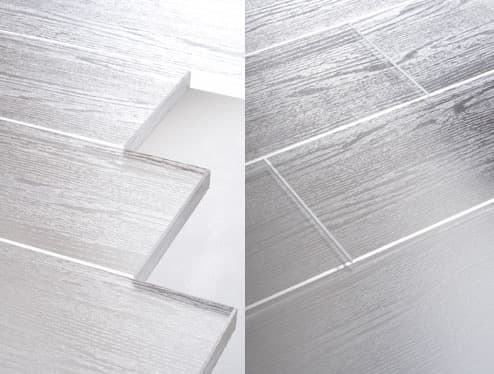Transparent Wood Could Potentially Help Light Up Homes
Scientists from the KTH, School of Chemical Science and engineering have recently published a paper which is capable of featuring the perfect blend between interior decoration and bio composites. The team has designed a material that can come forward as the next generation home décor, namely transparent wood. People invest a huge amount of money in artificial lights to create a suitable presence inside the room. However with this new material, an automatic transparent ambience can be created and it also has great use as a potential material for solar cell windows.
Lars Berglund and his subordinates have taken the initiative to gift design enthusiasts an artificial wood which is transparent, reflective and refractive in nature. Contemporary work regarding extracting transparent paper from transparent wood guided the team to frame an abstract related to a similar, but stronger material.

The method of preparation includes several steps, among which the first step made the team remove lignin from samples of commercial balsa wood. The polymer is held responsible for absorbing 80 to 95 percent light and preventing it from passing through. Although the team successfully removed the polymer, they were still unable to produce a complete see-through material due to scattering. To overcome the glitch, scientists added acrylic, colloquially known as Plexiglass. Finally a customized, optically transparent wood was developed, having transmittance of 85% and haze of 71%. Additionally, the hazing property could even boost the manufacturing of solar cells.
The research was supported by the Knut and Alice Wallenberg Foundation, and was published in the Biomacromolecules journal of the American Chemical Society.
Source: #-Link-Snipped-#
Lars Berglund and his subordinates have taken the initiative to gift design enthusiasts an artificial wood which is transparent, reflective and refractive in nature. Contemporary work regarding extracting transparent paper from transparent wood guided the team to frame an abstract related to a similar, but stronger material.

The method of preparation includes several steps, among which the first step made the team remove lignin from samples of commercial balsa wood. The polymer is held responsible for absorbing 80 to 95 percent light and preventing it from passing through. Although the team successfully removed the polymer, they were still unable to produce a complete see-through material due to scattering. To overcome the glitch, scientists added acrylic, colloquially known as Plexiglass. Finally a customized, optically transparent wood was developed, having transmittance of 85% and haze of 71%. Additionally, the hazing property could even boost the manufacturing of solar cells.
The research was supported by the Knut and Alice Wallenberg Foundation, and was published in the Biomacromolecules journal of the American Chemical Society.
Source: #-Link-Snipped-#
0
